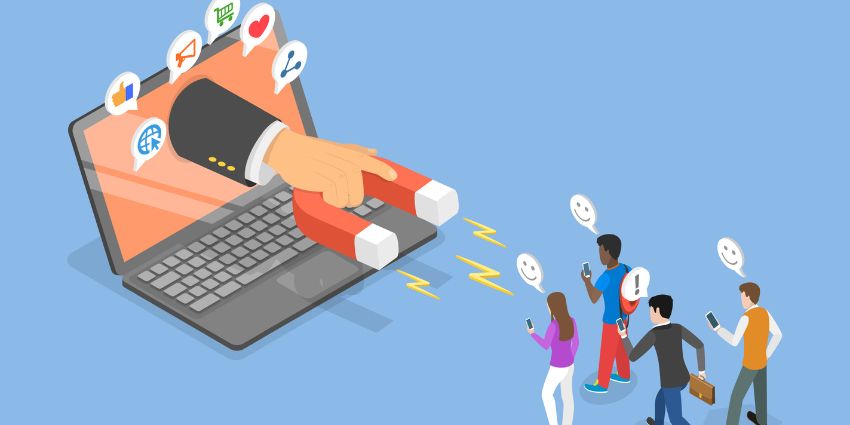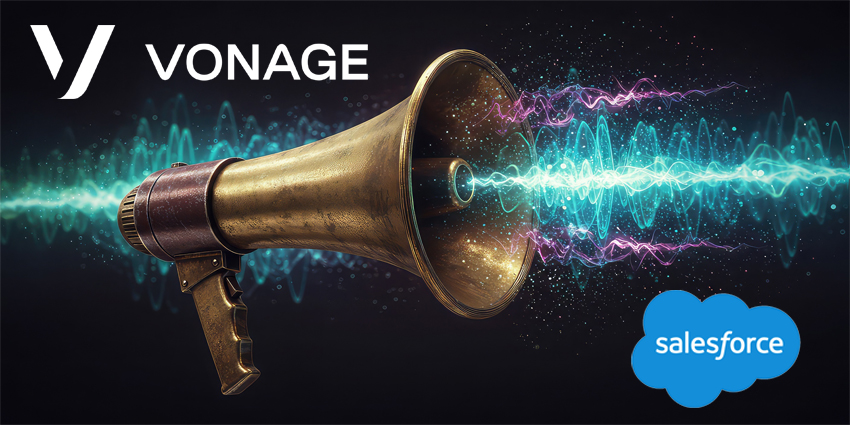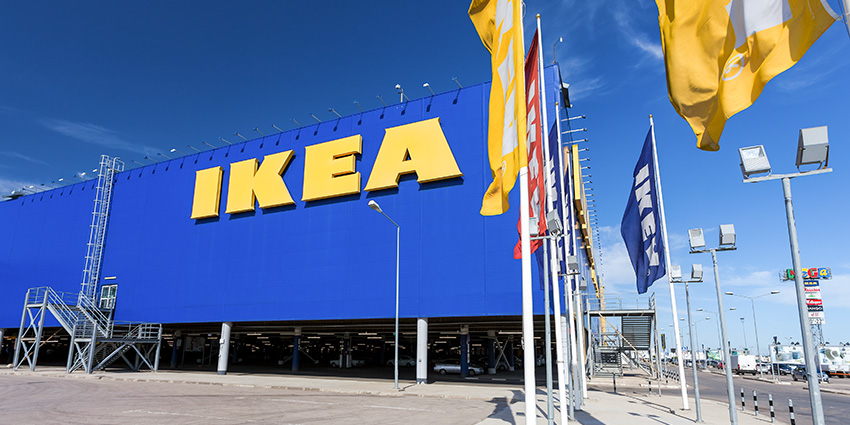Customer lifetime value (CLV or CLTV) is a metric used in marketing and customer relationship management to evaluate the long-term value a customer brings to a business throughout their entire relationship with that business. It represents the total net profit a company expects to earn from a customer over the duration of their relationship.
And, knowing this helps you make smarter decisions about where to focus your efforts.
Should you invest more in acquiring new customers or nurturing existing ones? CLV will show you the way. Therefore, in the long run, it helps you customize your marketing strategies, personalize experiences, and ultimately, boost your bottom line.
How to Calculate Customer Lifetime Value? CLV Formula
Calculating customer lifetime value (CLV) involves estimating the total revenue a customer is expected to generate for a business during their relationship with that brand. There are various methods and formulas to calculate this, but the one commonly used is the basic CLV formula. Here’s a detailed explanation:
The basic CLV formula can be expressed as:
CLV= (Average purchase value × Purchase frequency × Customer lifespan) ÷ Churn rate
Let’s break down each component:
1. Average purchase value (APV)
To calculate APV, you sum up the total revenue generated from all transactions and divide it by the total number of transactions. It gives you the average amount of money spent by a customer in a single transaction.
APV = Total revenue ÷ Total number of transactions
2. Purchase frequency (PF)
Purchase frequency is the average number of transactions a customer makes within a given period, typically a year. It is calculated by dividing the total number of transactions by the total number of unique customers.
PF = Total number of transactions ÷ Total number of unique customers
3. Customer lifespan (CL)
Customer lifespan represents the average duration of the customer’s relationship with the business. It can be measured in months or years, depending on the business and the industry.
4. Churn rate (CR)
Churn rate is the rate at which customers stop purchasing from the business or opt out. It’s usually expressed as a percentage and is calculated by dividing the number of customers lost during a certain period by the total number of customers at the beginning of that period.
CR = Number of customers lost ÷ Total number of customers at the beginning of the period
Once you have determined these values, you can plug them into the CLV formula to calculate the expected lifetime value of a customer.
It’s important to note that CLV calculations may be more complex based on the business model and available data. More sophisticated models may consider factors such as customer acquisition costs, retention costs, discount rates, and customer segmentation.
However, the basic CLV formula offers a foundational understanding of how customer lifetime value is estimated.
CLV Best Practices: Do’s and Don’ts for Using the CLV Metric
Using the Customer Lifetime Value (CLV) metric effectively can be crucial for businesses – however, you need to remember a few key best practices:
Do’s:
- Calculate CLV at regular intervals: Regularly calculate CLV to track changes over time and adjust strategies accordingly. Customer behavior and market conditions can evolve, so keeping CLV up-to-date is essential.
- Segment customers: Segment your customers based on CLV to identify high-value customers, mid-value customers, and low-value customers. This segmentation allows for tailored marketing and service strategies for various customer groups.
- Incorporate CLV into decision making: Integrate CLV into decision-making processes across departments, including marketing, customer service, and product development. This ensures that efforts are aligned with maximizing long-term customer value.
- Use CLV to allocate resources: Allocate resources based on CLV insights. Invest more in acquiring and retaining high-value customers while balancing costs for lower-value segments.
- Consider customer lifetime value in pricing strategies: Factor CLV into pricing decisions to ensure profitability over the long term. Offer incentives or loyalty programs to high-value customers while being mindful of profit margins.
Don’t:
- Overlook cost considerations: Don’t focus solely on revenue without considering associated costs. CLV should account for acquisition costs, servicing costs, and any other expenses related to managing customer relationships.
- Ignore customer satisfaction and experience: Don’t prioritize CLV at the expense of customer satisfaction and experience. Happy customers are more likely to stay loyal and contribute to a higher CLV in the long run.
- Assume CLV is static: Don’t assume that CLV remains constant over time. Factors such as market trends, competitive pressures, and changes in customer preferences can impact CLV, requiring regular reassessment and adjustments to strategies.
- Use CLV in isolation: Don’t use CLV in isolation without considering other performance metrics and indicators. CLV should complement other metrics such as customer retention rate and customer satisfaction scores to provide a holistic view of customer value.
- Rely solely on historical data: Don’t rely solely on historical CLV data to predict future behavior. While historical data provides valuable insights, it’s essential to consider potential changes in customer behavior and market dynamics when forecasting CLV.
In recent years, CLV has inspired new metrics that enable even more granular visibility into business success, such as the CAC to CLV ratio. This metric compares the cost of acquiring a customer with the expected lifetime value of that customer to ensure efficiency and profitability.
By leveraging advanced analytics and machine learning techniques, predictive CLV models can even forecast the future value of individual customers based on historical data and customer behavior patterns. Follow us on social media for more such insights.







